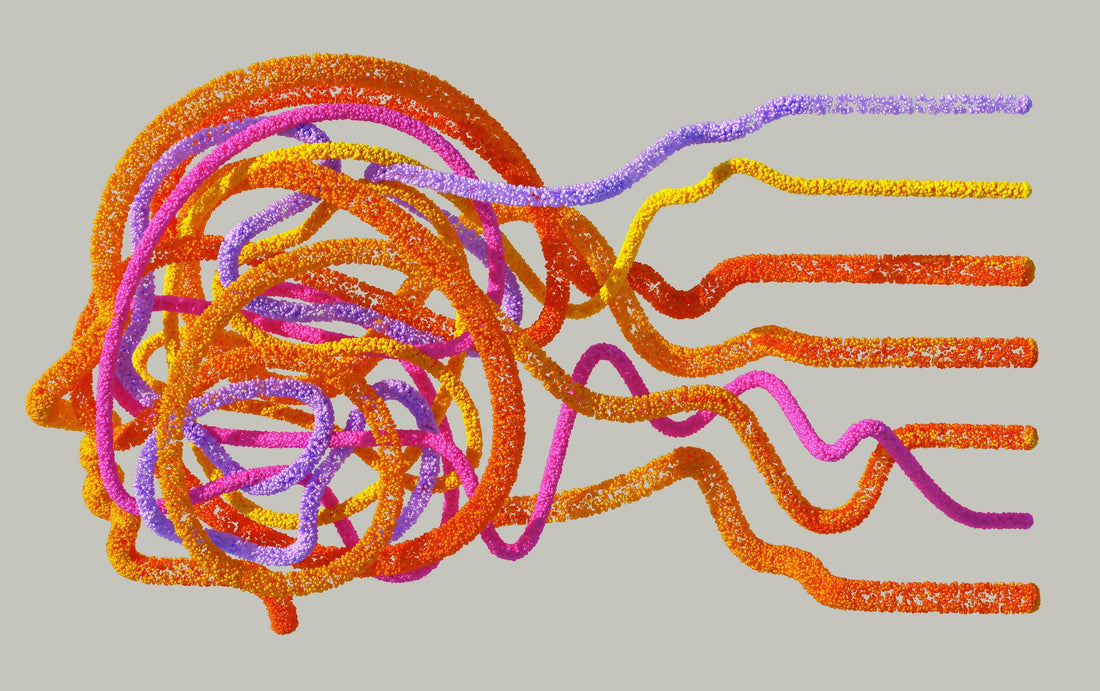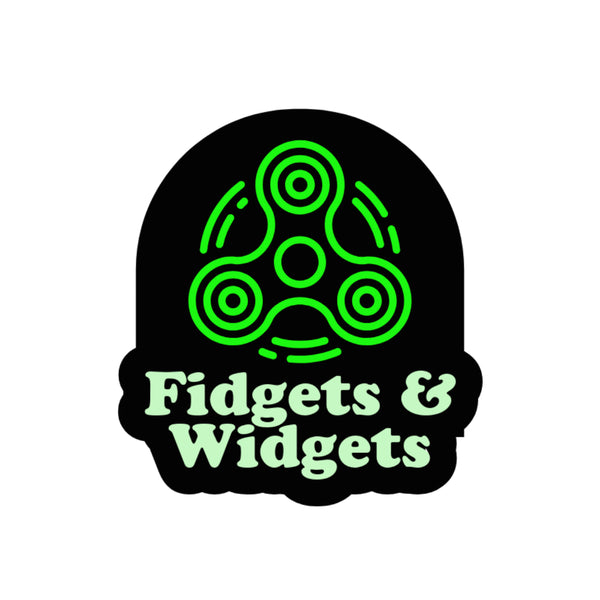
Neural Loops and Quiet Hands; How Repetitive Motor Input Impacts Brain States
Share
Amid deadlines, lectures, and exam revision, the tools we reach for to manage focus are often overlooked by academia. But for those of us in neurodivergent or high-pressure learning environments, small tactile objects (fidgets & stress tools) often play a crucial and under-acknowledged role in how we maintain mental clarity. Beneath the surface of those soothing spins and satisfying clicks lies something neuroscience students will appreciate: a story of brain states, circuit modulation, and sensorimotor feedback loops.
The Sensorimotor Dance
Neuroscience teaches us that motor and sensory systems are not separate entities but part of an integrated feedback network. When you engage in a repetitive motor action, for example, using a Cognitive Focus Device (CFD), you're not just ‘doing something with your hands’. You're feeding constant proprioceptive and tactile input into the brain.
This input engages somatosensory pathways, which loop back into regions responsible for focus and self-regulation. In particular, the prefrontal cortex, basal ganglia, and cerebellum all appear to be involved in how the brain filters, organises, and sustains attention (Friedman & Robbins, 2022; Stoodley, 2012). Repetitive motion isn't just a coping strategy; it's a modulation tool.
Why It Works (Especially When You're Studying)
In high-load cognitive tasks, mental resources become stretched. For neurotypical and neurodivergent students alike, this can lead to mental drift, stress, or the infamous "study fog". But studies have shown that low-level repetitive motor activity can improve attention and inhibit mind-wandering, especially when tasks require sustained mental effort (Farley et al., 2013; Hartanto et al., 2016).
This is particularly relevant in neurodivergent populations. ADHD, autism, and anxiety often include a dysregulation of internal brain states; either too much arousal (hyperfocus, anxiety) or not enough (mental drift, executive dysfunction). Small, unobtrusive sensory-motor actions, like using a fidget tool, can help rebalance that neural activation without overwhelming the system or requiring conscious cognitive intervention.
The Quiet Power of Repetition
From a neuroscience perspective, repetition is regulation. The brain craves predictable sensory input; patterns it can map and make sense of. Fidget devices offer a closed-loop sensorimotor cycle; they invite motion and return sensation. Unlike random distractions (like scrolling a phone), this creates a rhythmic, embodied experience that grounds the user while allowing the brain’s higher functions to continue operating.
It's no coincidence that these devices are often used instinctively by those with no formal understanding of neuroscience. The body knows what it needs. The brain, once you study it, confirms this truth.
Applications in the Lab and the Lecture Hall
Whether you're a neuroscience student revising for finals, conducting lab work that requires extended focus, or simply navigating the everyday noise of a busy campus, a well-designed sensory tool isn’t a crutch; it's a cognitive enhancer. Tools like the ones developed by Fidgets & Widgets are quiet, portable, and customisable; designed for real-world use by real people who live with sensory and attention needs.
In the same way that labs use controlled stimuli to measure neural responses, fidget tools allow us to deliver subtle, self-chosen sensory input to regulate our own systems. It’s neuroscience in action; quiet, continuous, and profoundly human.
